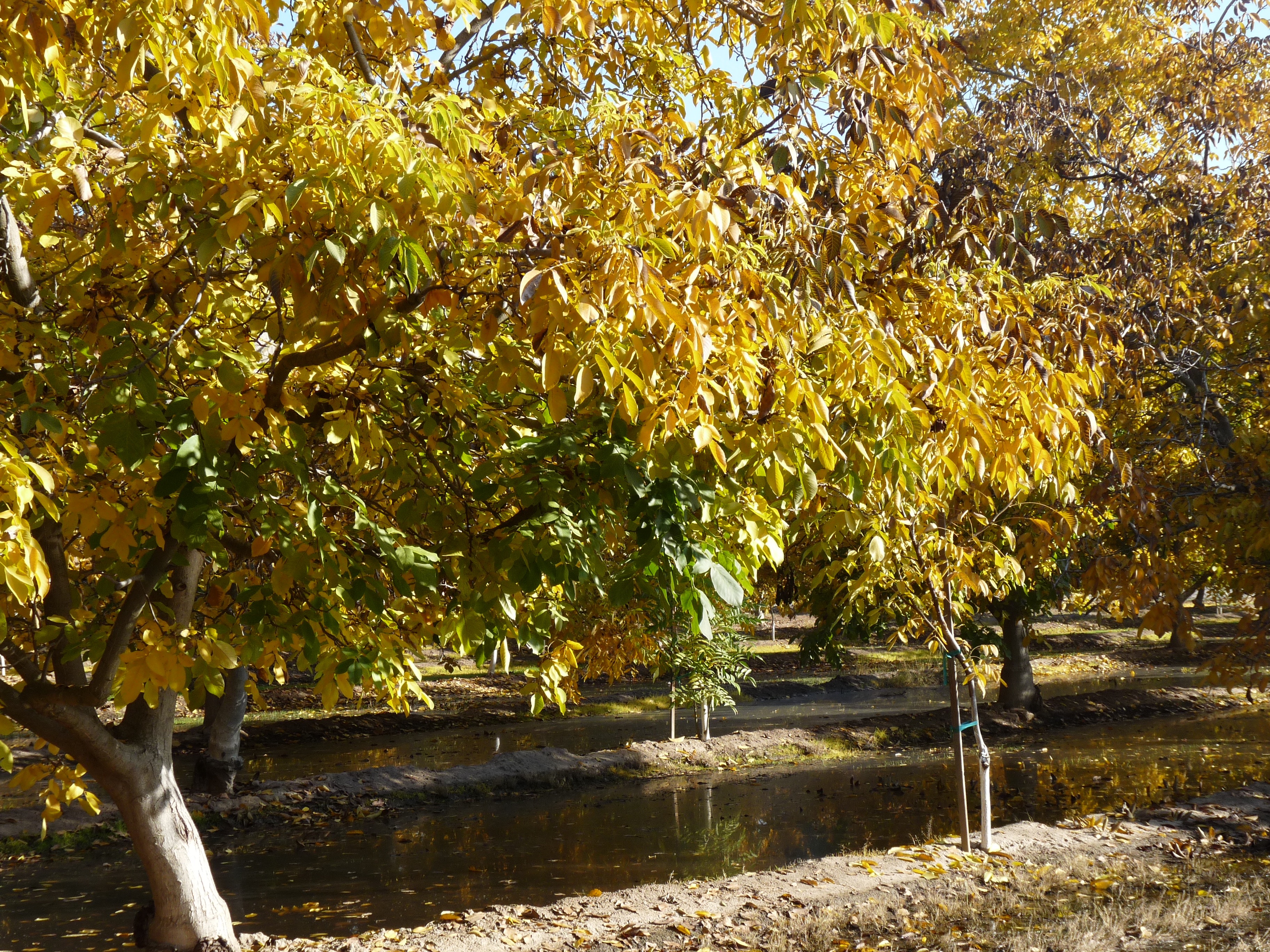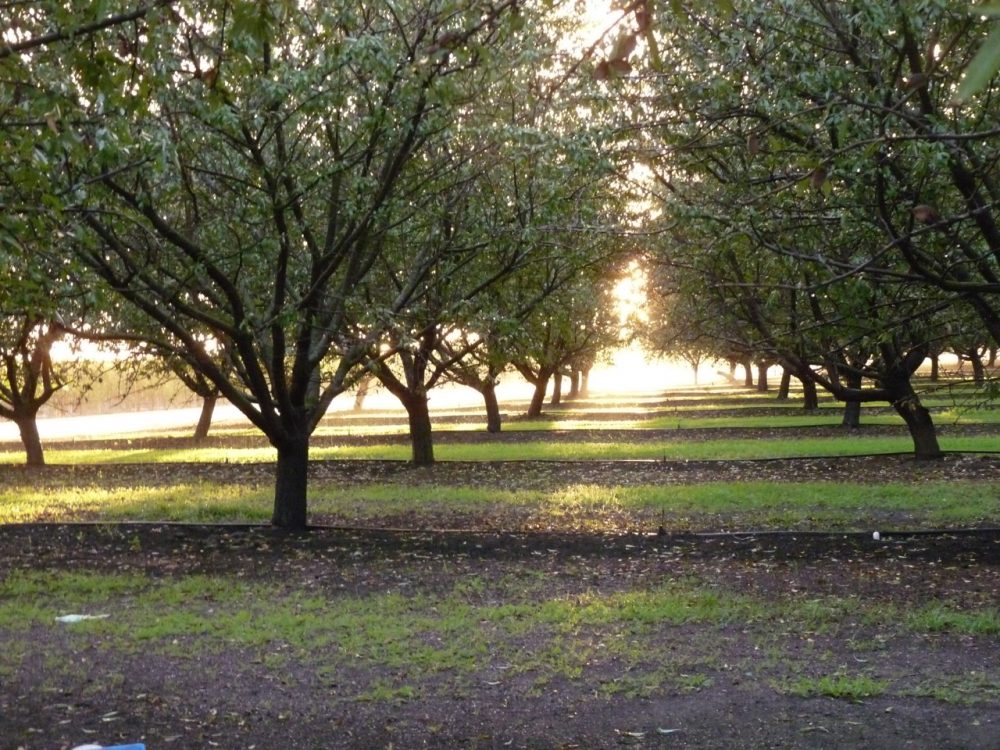Sorghum May Be Alternative to Corn
Researcher Looks to Sorghum to Replace Corn Silage in Dry Years
By Jessica Theisman, Associate Editor
Water has been a big issue in California for the last couple of years, and many dairy producers are looking for an alternative to corn silage for when water is scarce. Sorghum silage may be a viable alternative to corn. California Ag Today met with Jennifer Heguy, a farm advisor with the UC Cooperative Extension in Merced County who is working on a project, funded by the University of California, to research sorghum.
Heguy’s project consists of looking at sorghum silage to see if it is a good replacement for dairies when California does not have enough water to grow corn. Heguy said this is, “not a good time to talk about sorghum right now because we’ve had a really wet winter and we had this devastating sugar cane aphid last year, which just decimated sorghum crops, but we are continuing to work on sorghum silage.”
With the recent emergence of the sugar cane aphid last year, the sorghum crop in California took a big hit, but the project continues. Some of these projects can take two to three years to determine if it is a good fit into the California feeding systems.
“So this year, we are going to be taking a deeper look at the sorghum quality in terms of nutrition, fermentation characteristics, how people are putting this silage up, and how they are actually feeding it out,” Heguy said.
Photo Courtesy of University of California
























